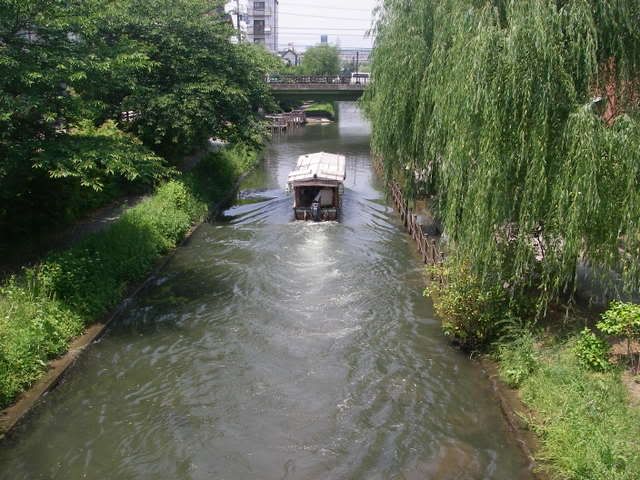
After another full day of watching sumo and meeting up with our friend K. in Ebisu for lunch (Indian food! IRAW!) and a walk past the Pocari Sweat headquarters, we took the shinkansen down to Kyoto. The next morning we headed straight to the centre of Fushimi. On a previous visit to Japan, R. and I had paid our respects to the sake gods at the Inari Taisha shrine in the north of the district, so now it was time to explore the works of man.
Fushimi is one of the two most famous sake districts in Japan, the other being Nada in Kobe. Visiting sake regions isn't quite like visiting wineries, as breweries aren’t typically situated next to the paddy fields, although they are usually located at the source of their water. With the exception of the smokestacks and water tanks, you might not even notice the breweries if you didn't know they were there.
Entering Fushimi from the south. This is sort of the town center, and a number of breweries are located right here. Others are spread out around the town, particularly the outskirts.
A local area map for sake sight-seeing.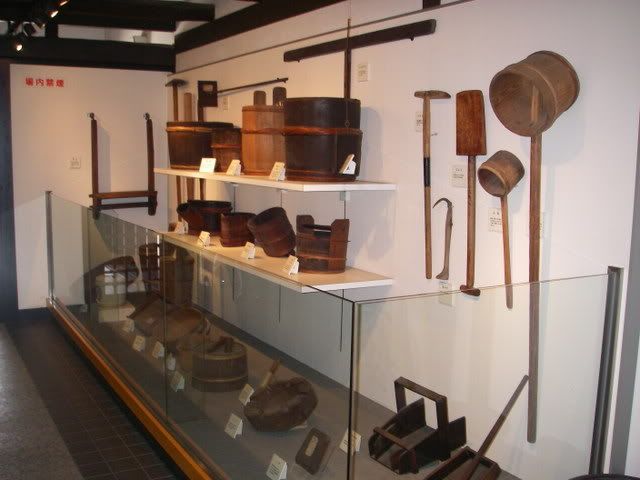
Our first stop was the Kizakura brewery – they have an interesting gallery of old tools and presentation materials, including a video on the brewing process, dioramas, and an art gallery devoted to “Kappa”, mythical spirit creatures with a love of sake. 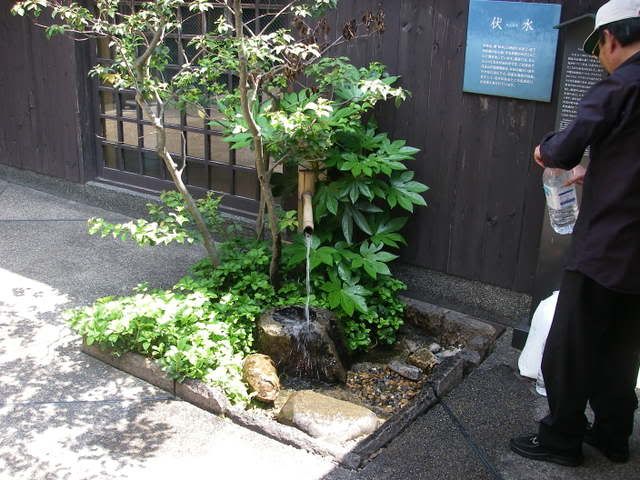
The Kizakura spring. While we were there, local folks would show up laden with bottles to fill from the spring. We had only a small water bottle ourselves, but the water was truly delicious. Surprisingly delicious, the closest descriptor I can think of is “essential.”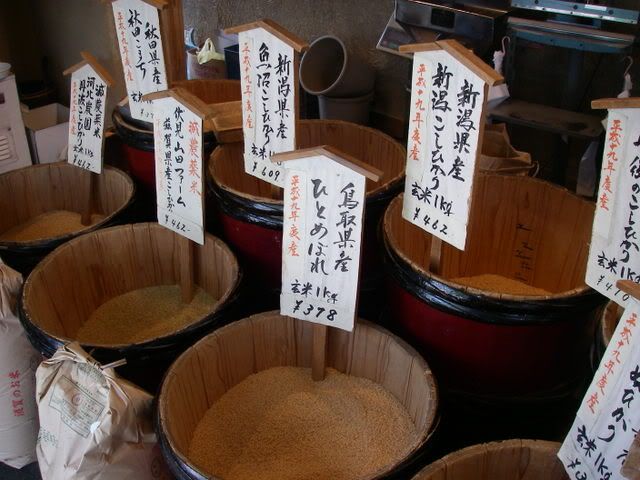
Unmilled rice for sale at a local supply shop. Not sure of the purpose, since there is no way this is enough rice for even a single batch, and I'd assume that the breweries would all have their supply shipped to them - no walking down to the corner shop and saying, "hullo luv, I'm a cup short." I'm guessing, then, that these are just samples or for home-brewing types.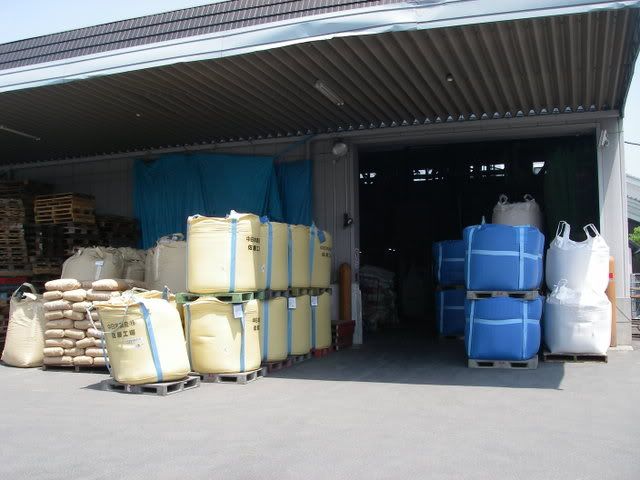
These are bags of already milled rice. After the rice is milled, it sits for a couple of weeks to absorb ambient moisture before soaking and steaming. These bags were huge, about 3-4 feet tall.
Crates of empties in the stockyard. Presumably from an enormous bender.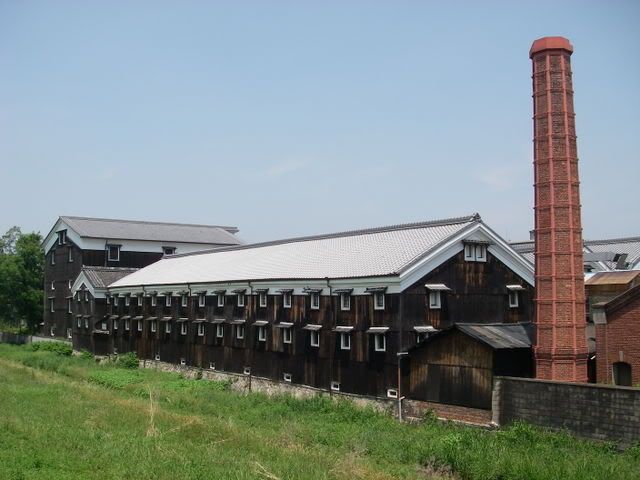
One of the most beautiful breweries in Fushimi, Matsumoto is along one of the canals, and is a “registered” historic building. Earlier in the spring, the fields in the foreground are full of bright yellow rapeseed blossoms.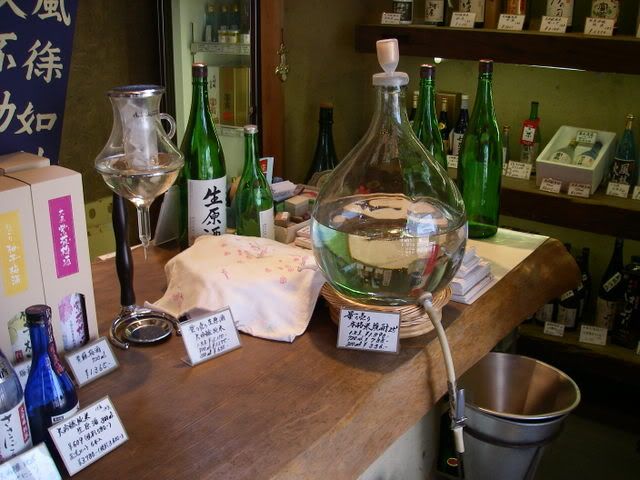
The storefront of the Tomio brewery, where you can bring your own bottles and fill with sake of your choice. Why don't we live here?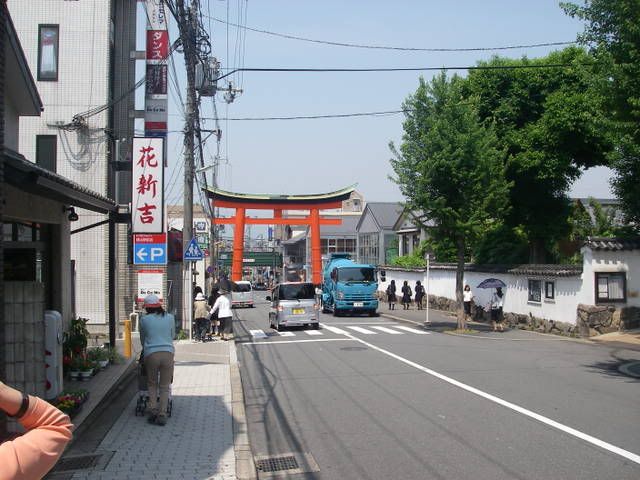
Looking back as we leave Fushimi to the east. A fantastic place. If you find yourself in Kyoto with some spare time, definitely visit Fushimi. Even a visit to the Gekkeikan museum is worthwhile - a small but interesting collection of brewing tools, bottles, labels, as well as small working brewery that can be visited. We saw some very pretty little houses in the neighborhood, and given the choice, I think we could definitely live in Fushimi!
Thursday, May 22, 2008
A Visit to Fushimi, Mecca of Sake
Subscribe to:
Post Comments (Atom)




No comments:
Post a Comment